Understanding the Role of a Mold Maker for Injection Molding
The role of a mold maker for injection molding is one of the most critical positions in the manufacturing industry. Mold makers are experts in crafting precise molds that play a pivotal role in the production of various plastic components. These molds are essential in ensuring that the molded products meet stringent design specifications, which contributes significantly to the overall quality and functionality of the end product. This article delves deep into understanding the pivotal role of mold makers, the skills required, the materials used, and the technological advancements shaping their work.
The Importance of Quality Molds in Production
Quality molds are the backbone of successful injection molding processes. The accuracy with which a mold is produced directly affects the end product in terms of functionality, aesthetics, and durability. High-quality molds facilitate the scalability of production and can help manufacturers reduce waste and operational costs. Moreover, quality molds lead to less variation during production, which is vital for maintaining compliance with industry standards and consumer expectations.
Key Skills and Qualifications of a Mold Maker
To excel as a mold maker, several key skills and qualifications are essential. These include:
- Technical Knowledge: Understanding the principles of thermodynamics, material properties, and manufacturing processes is crucial.
- Precision Machining Skills: Proficiency in using CNC machines and other precision tools is necessary for mold making.
- Problem-Solving Abilities: Mold makers often face unique challenges that require creative solutions.
- Attention to Detail: The ability to focus on minute details ensures high-quality outcomes.
- Communication Skills: Collaborating with engineers and production team members is vital for successful project outcomes.
Common Materials Used in Mold Making
Mold makers utilize various materials based on the needs of the project. Common materials include:
- Steel: Used for high-durability molds due to its resistance to wear.
- Aluminum: Preferred for its lightweight and ease of machining, often used in prototype molds.
- Copper: Sometimes used in conjunction with other metals for its excellent thermal conductivity.
- Silicone: A flexible mold-making material often used for less complex molds.
Factors to Consider When Hiring a Mold Maker
When looking for a mold maker, several crucial factors should be taken into account to ensure that you make the right choice.
Assessing Experience and Expertise
Assessing the experience of a mold maker is imperative. Look for professionals with a proven track record in the industry. Reviewing case studies and projects they have previously completed can provide insight into their capabilities. Additionally, consider whether they stay updated with the latest molding technologies and methodologies, demonstrating their commitment to quality and innovation.
Types of Molds and Their Applications
Mold makers create various types of molds tailored for different applications, including:
- Single Cavity Molds: Ideal for low-volume production.
- Multi-Cavity Molds: Designed for higher production rates; they produce multiple parts in one cycle.
- Prototype Molds: Used for testing purposes before mass production.
- Insert Molds: Allow for additional materials to be molded together with plastics for enhanced functionality.
Evaluating Customer Reviews and Case Studies
Customer feedback is invaluable when selecting a mold maker. Look for reviews that highlight aspects such as reliability, communication, and project turnaround times. Case studies that showcase successful projects can also offer assurance regarding a mold maker’s expertise and ability to deliver on client specifications.
Cost Considerations for Injection Mold Making
Cost is a major consideration when working with a mold maker. Understanding the breakdown of costs and balancing quality with affordability is essential for making an economical decision.
Breakdown of Mold Making Costs
The costs associated with mold making vary widely based on several factors, including:
- Complexity of the Mold: Intricate designs require more time and specialized equipment, thus increasing costs.
- Material Selection: The choice of materials can significantly affect the price; for instance, metals like steel may come at a premium compared to aluminum.
- Production Volume: molds designed for high production typically involve greater initial investment but result in lower per-unit costs.
Balancing Cost and Quality
While it may be tempting to opt for the cheapest option, compromising on quality can lead to larger costs later down the line due to production inefficiencies or defective products. Establishing a balance between cost and quality when hiring a mold maker is crucial for long-term success.
Understanding Long-Term Savings
Investing in high-quality mold making can yield significant long-term savings. Durable molds require less maintenance, and efficient production processes result in reduced material waste. Furthermore, quality molds can enhance the performance and lifespan of the final product, leading to reduced return rates and increased customer satisfaction.
Latest Technologies in Mold Making
The mold-making industry has seen remarkable advancements driven by technology, transforming how molds are designed, crafted, and refined.
Advancements in CNC Machining
CNC machining has revolutionized precision in mold making. These machines permit the automation of various manufacturing processes, leading to improved accuracy and reduced production times. CNC technology allows mold makers to produce complex designs with intricate features that would be challenging to create manually.
Utilizing 3D Printing for Molds
3D printing is becoming increasingly popular in mold making. Rapid prototyping using 3D printing allows for faster design iterations and modifications, drastically reducing lead times. This innovation provides mold makers with the ability to quickly create trial molds, leading to improved designs without extensive up-front investments.
The Role of Software in Mold Design
Advanced software solutions now assist mold makers in creating detailed designs and simulations to troubleshoot potential issues before production. Software tools help visualize mold flow and cooling processes, enabling better planning and execution. Many modern solutions also facilitate collaboration between design engineers and mold makers, streamlining the development process.
Choosing a Long-Term Partner in Mold Making
Establishing a long-term relationship with a mold maker can offer several benefits, including improved communication and consistent quality.
Building a Collaborative Relationship
Investing time to develop a collaborative relationship with your mold maker is essential. Open communication channels can foster an environment where both parties feel comfortable sharing feedback and insights throughout the project lifecycle. A partnership built on trust and collaboration can yield superior results and enhance the quality of the products manufactured.
Continued Support and Maintenance Services
Choose a mold maker that offers ongoing support and maintenance options post-manufacturing. Regular maintenance of molds can significantly prolong their lifespan and performance. Establishing routine checks and professional cleaning can help identify potential weaknesses early, paving the way for repairs before significant issues arise.
Adapting to Changing Production Needs
As market demands fluctuate, having a mold-making partner capable of adapting to new production requirements is vital. A proficient mold maker should be able to evaluate and revise existing molds to accommodate modifications, ensuring that production remains efficient and aligned with market trends. This proactive approach can lead to considerable business growth and sustainability in a competitive landscape.
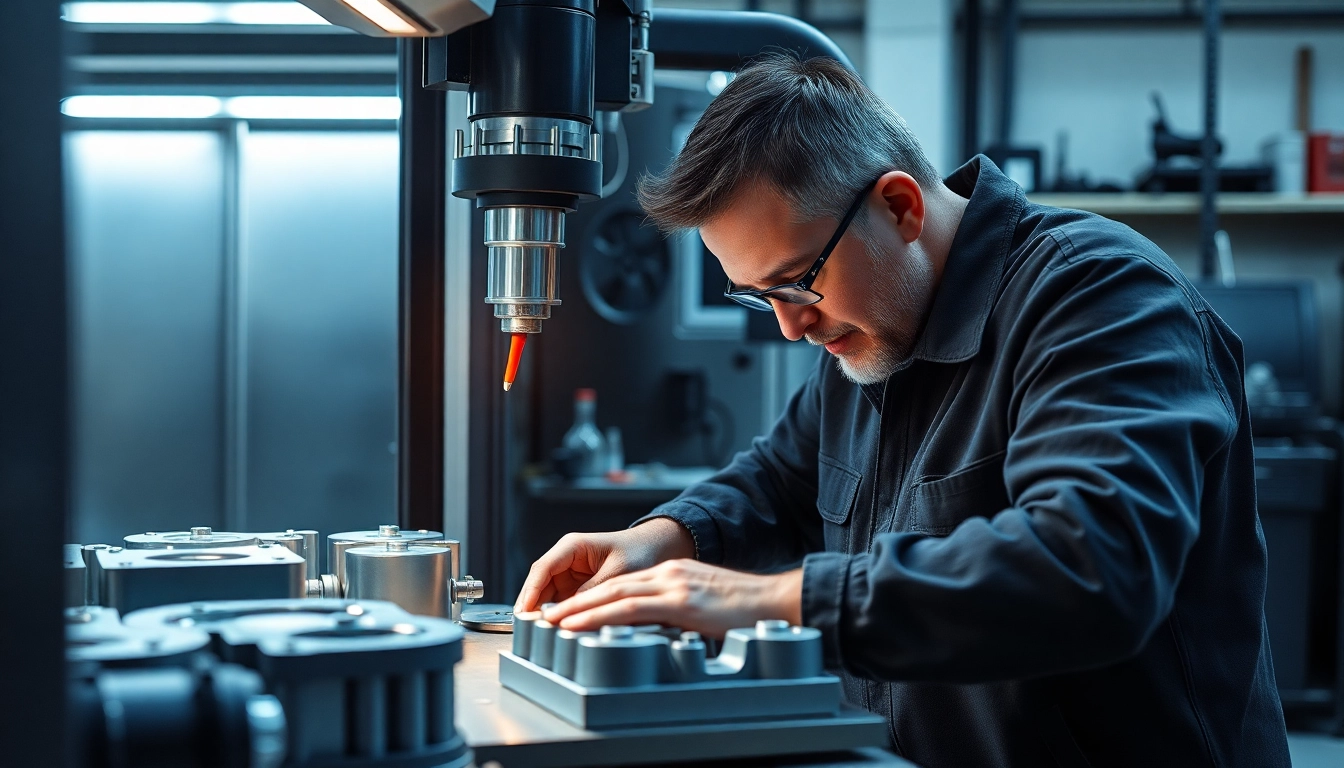

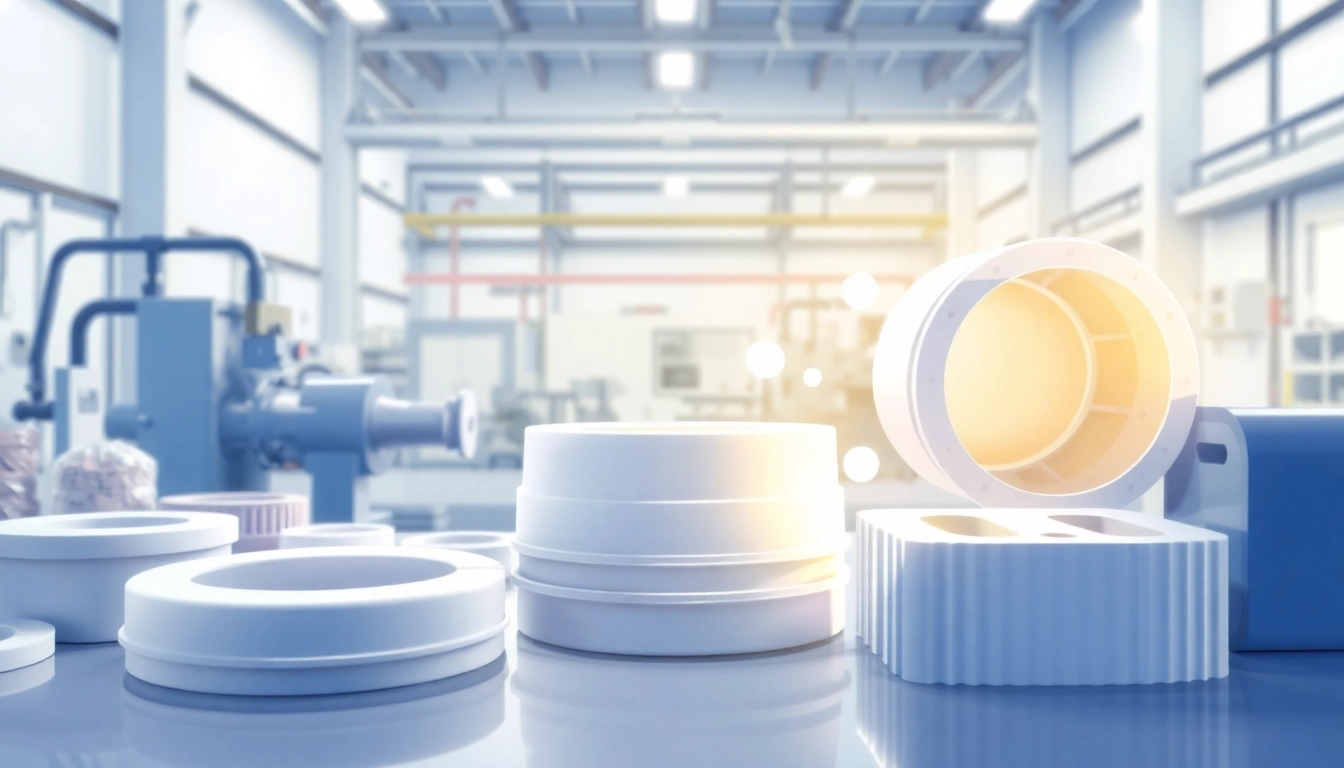
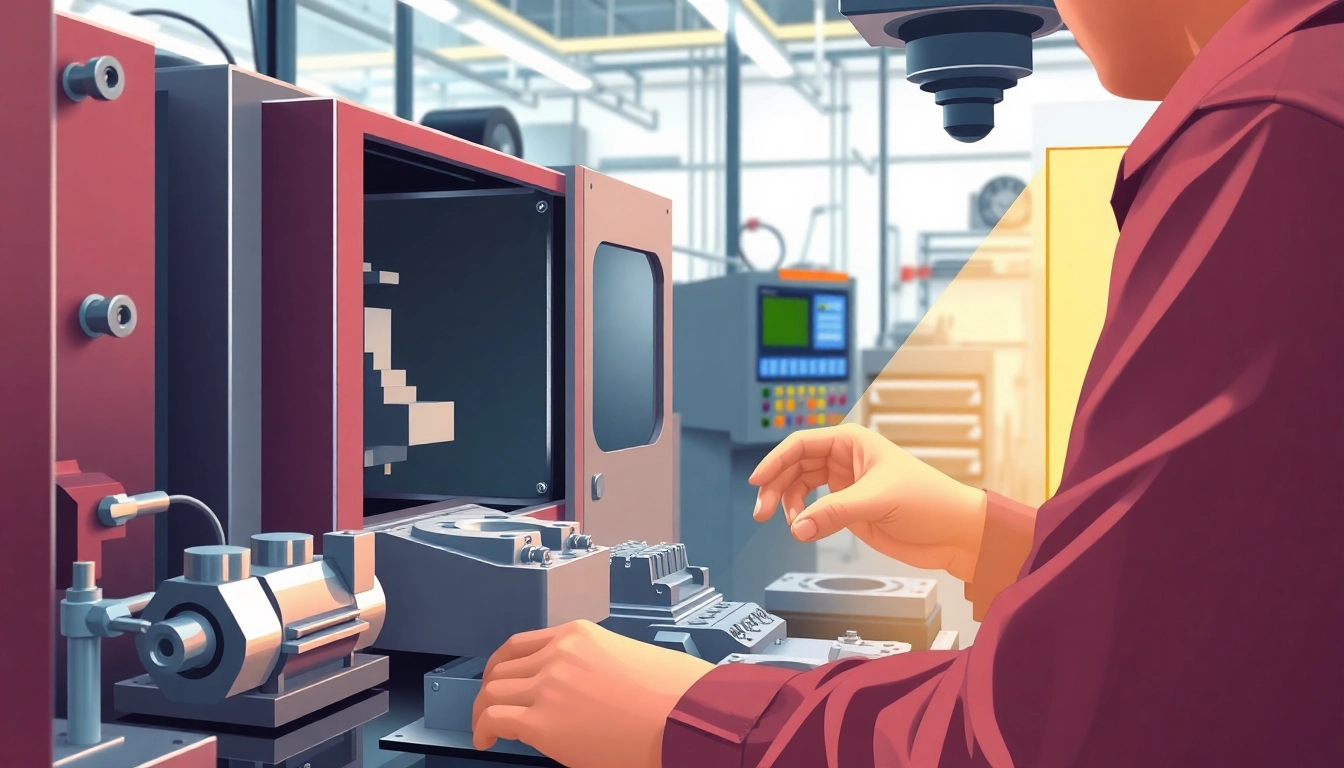
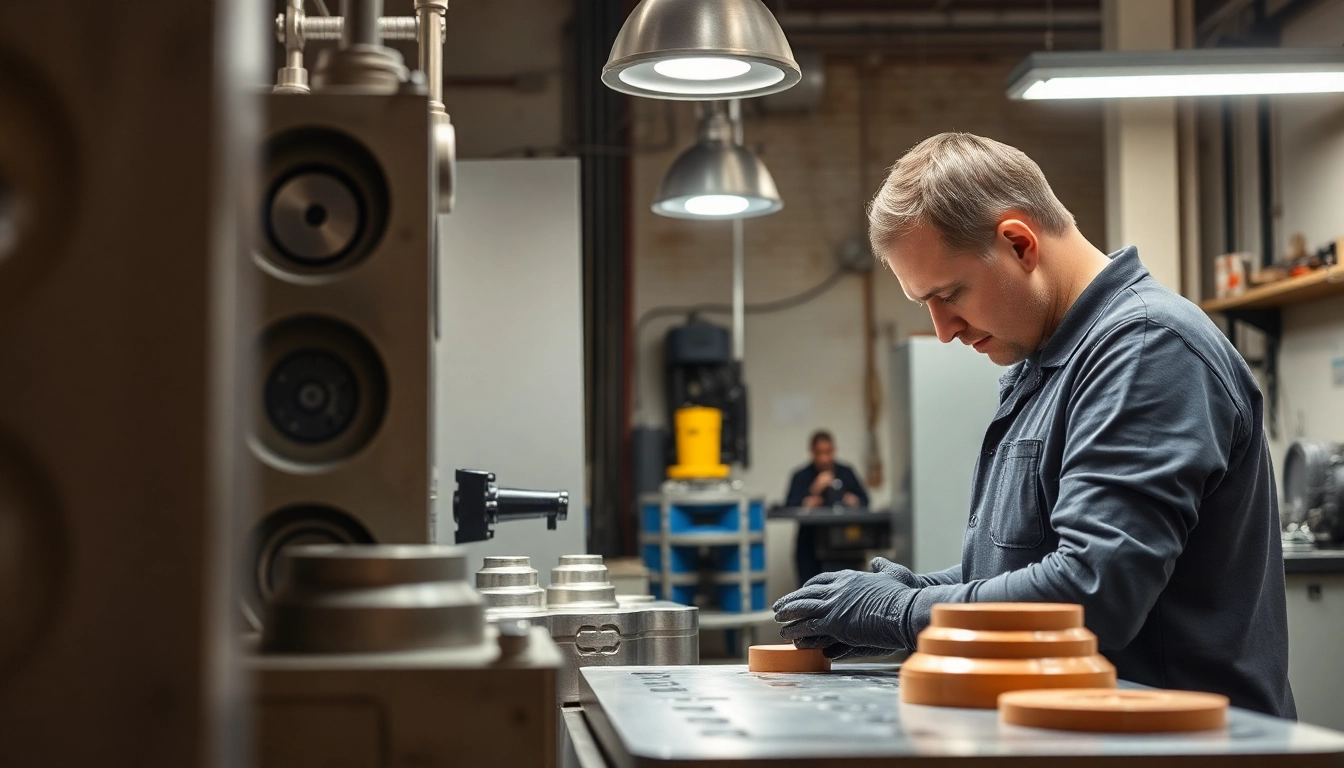

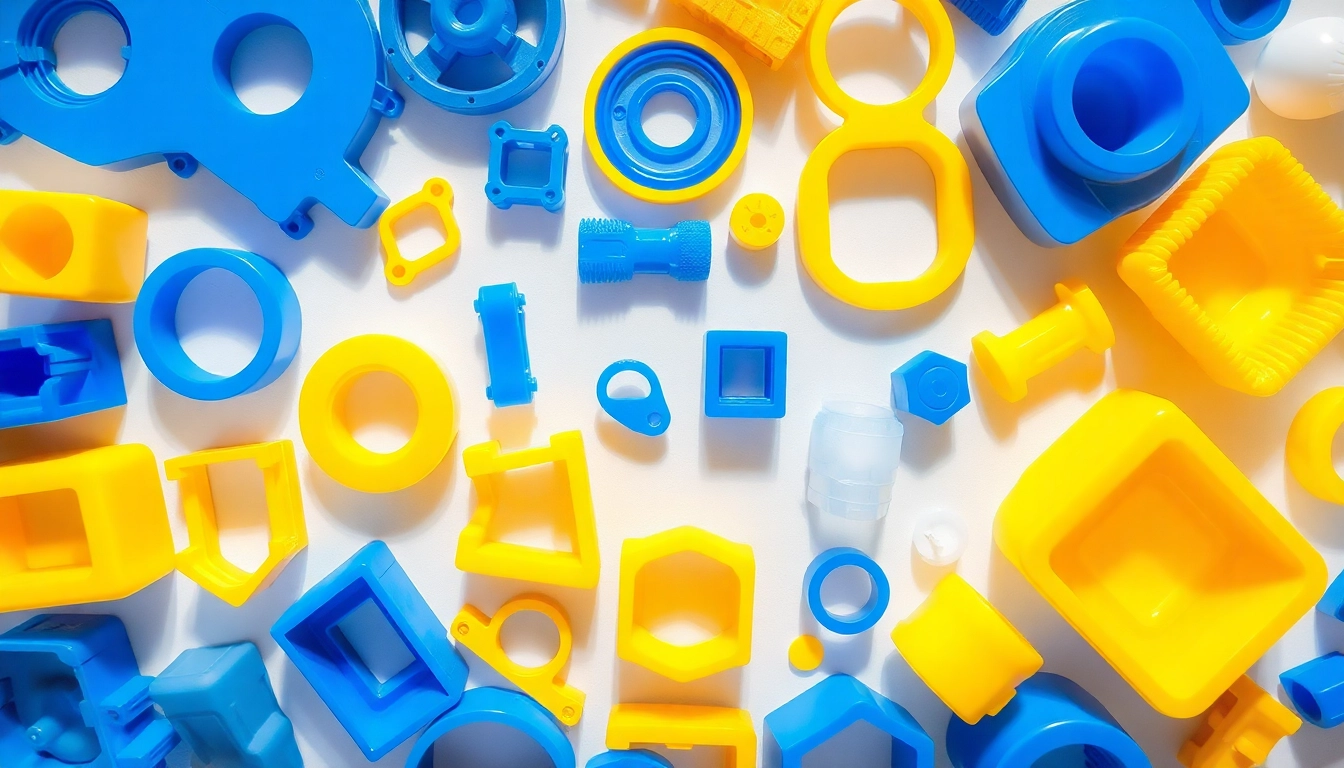

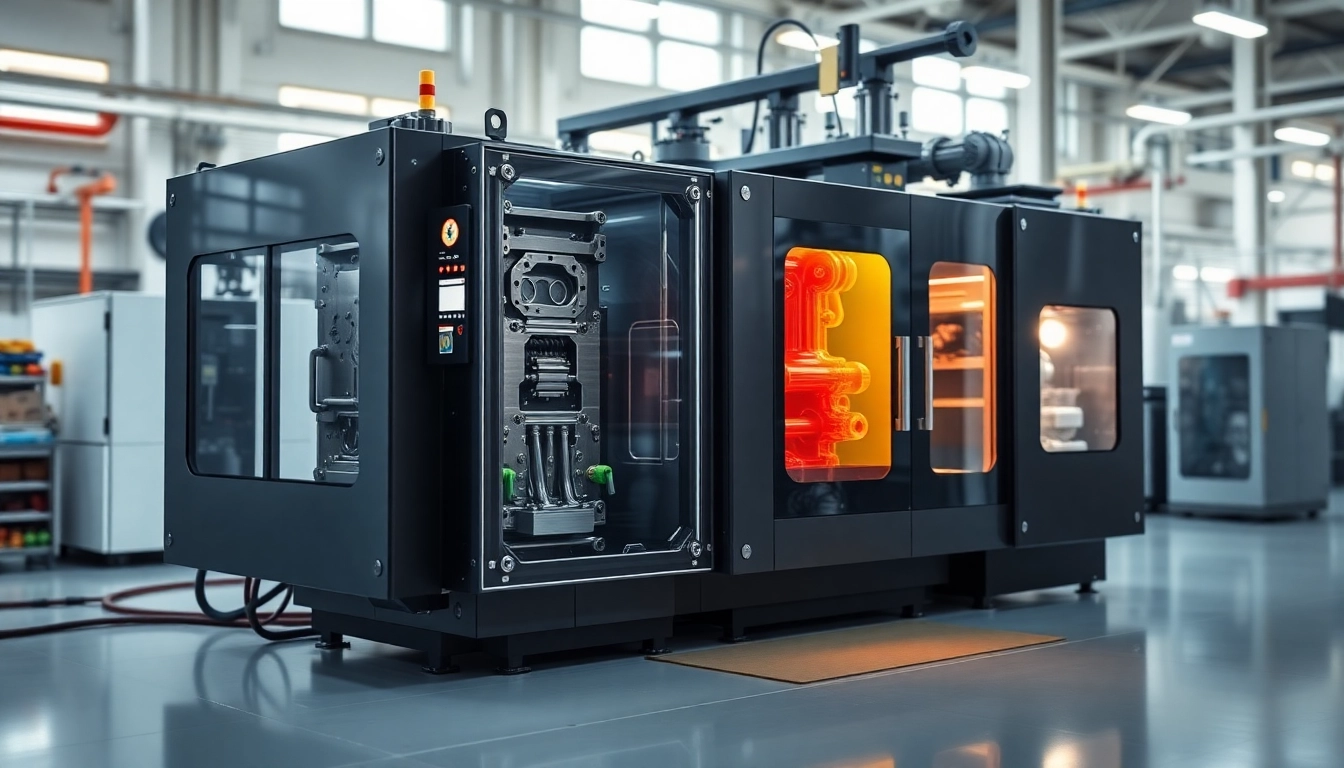
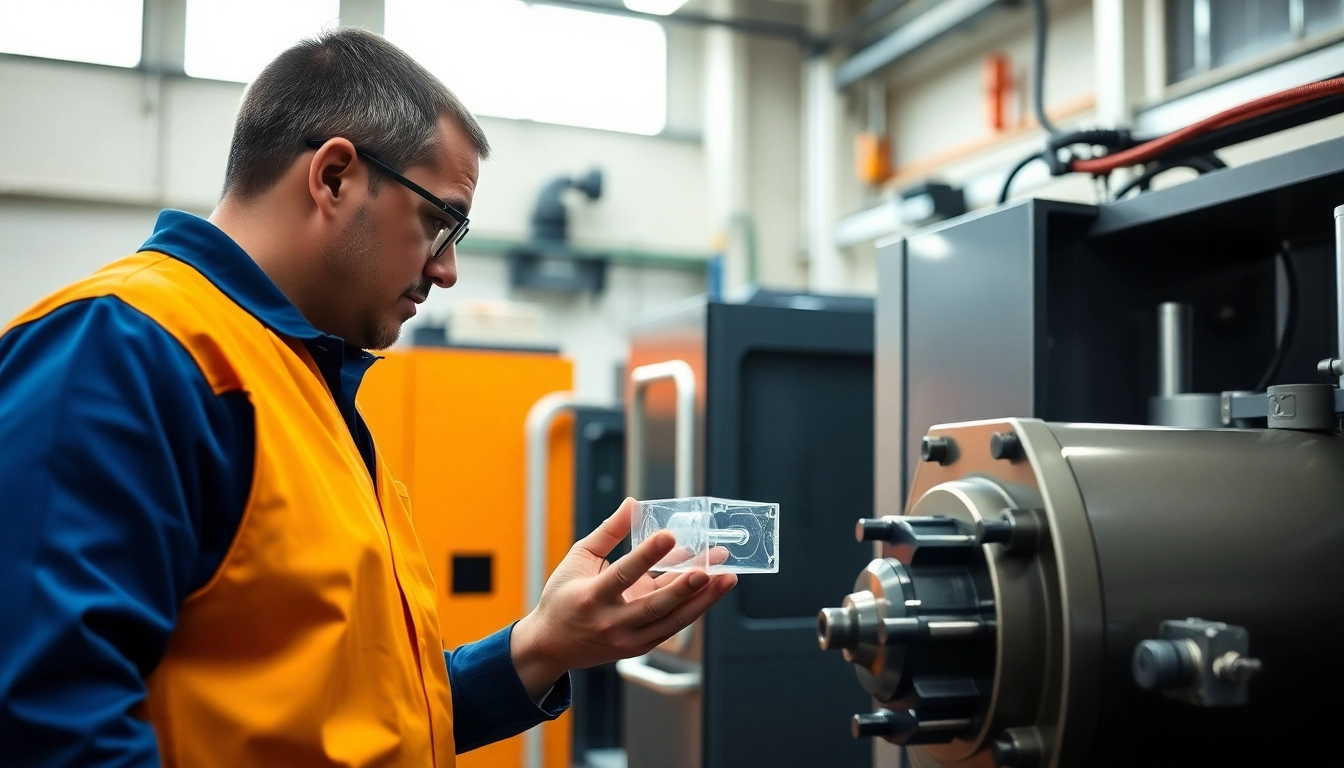
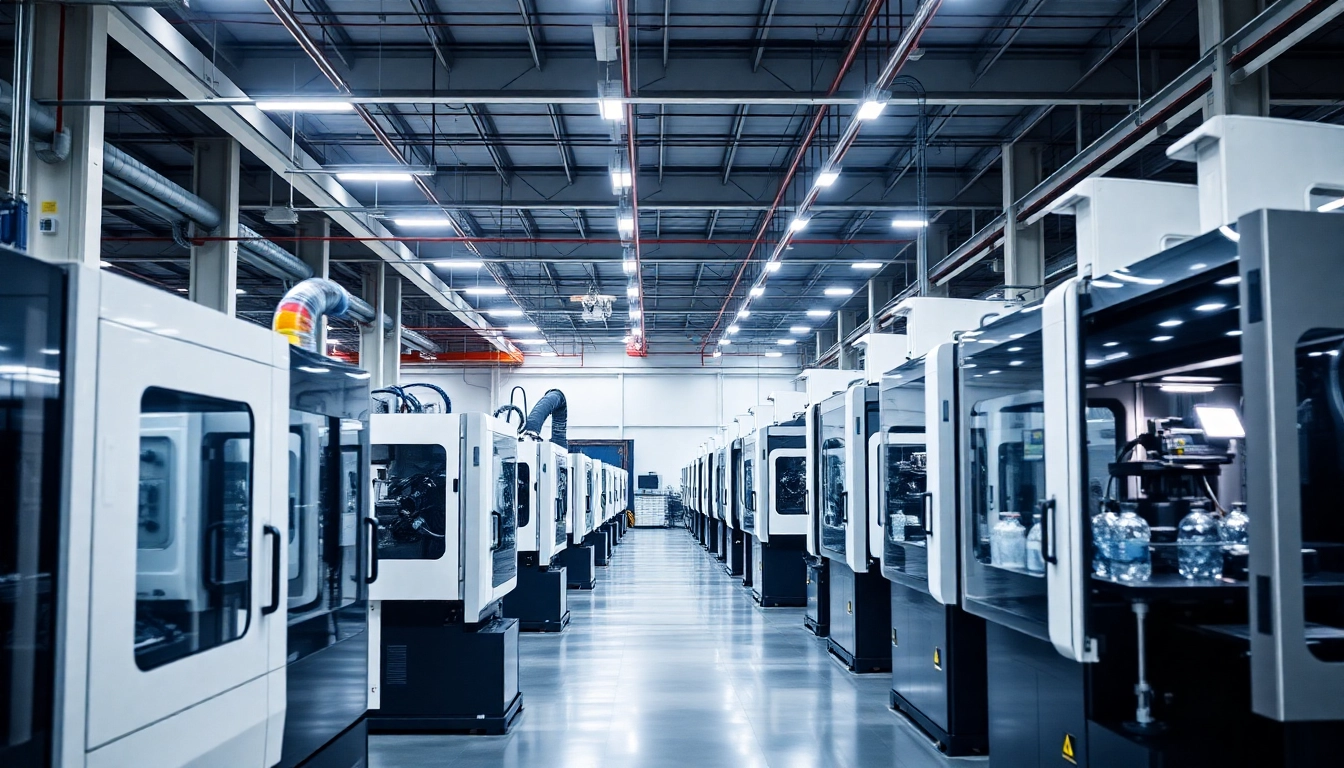




Leave a Reply